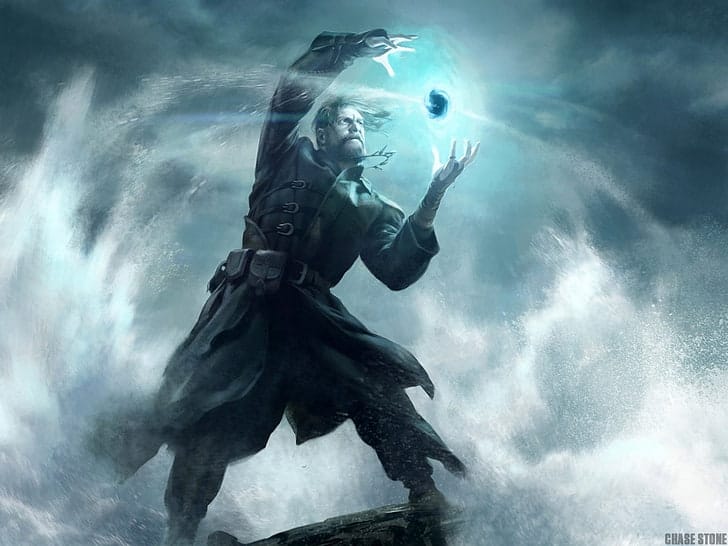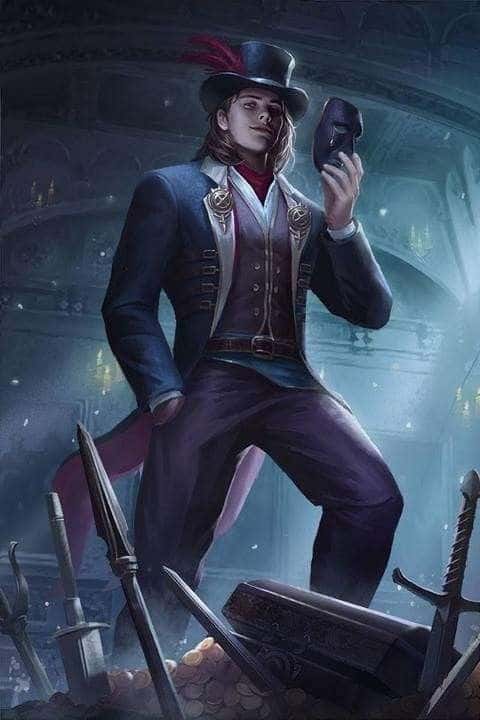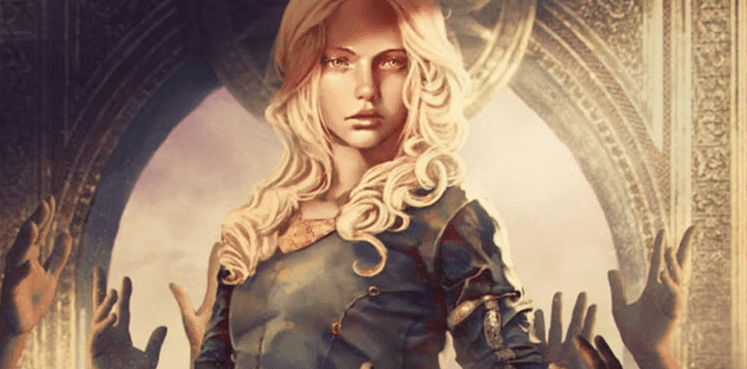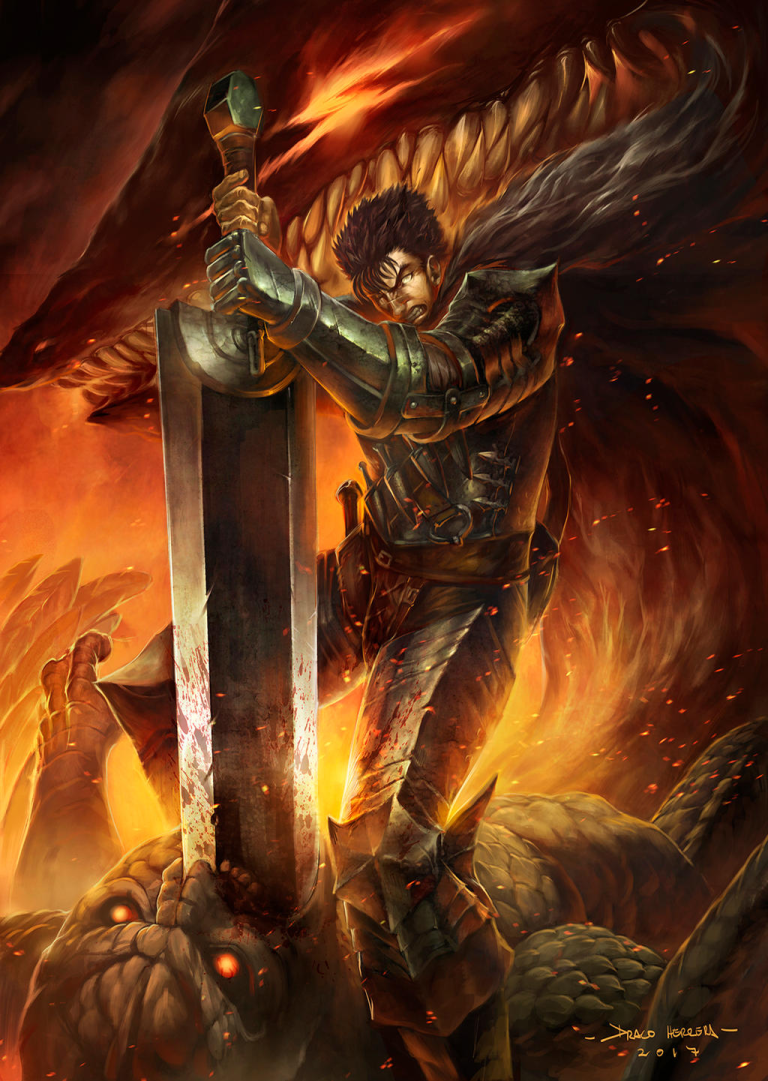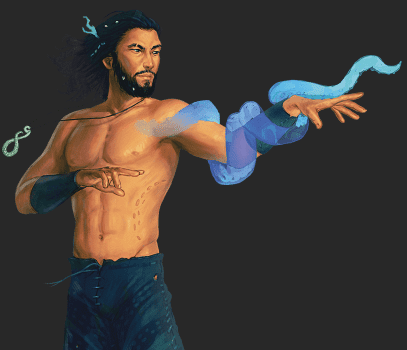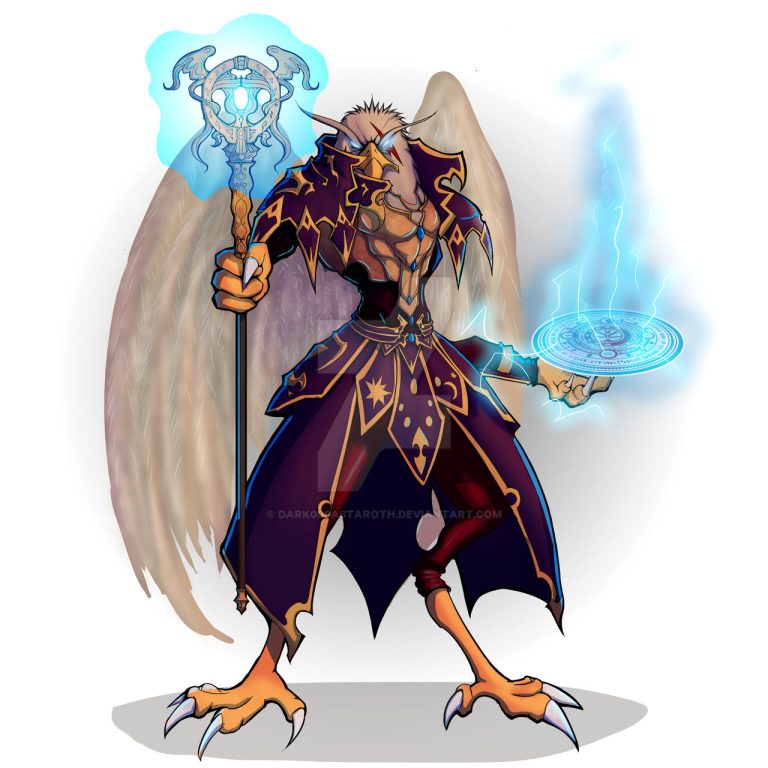D&D 5e: School of Evocation Wizard Guide
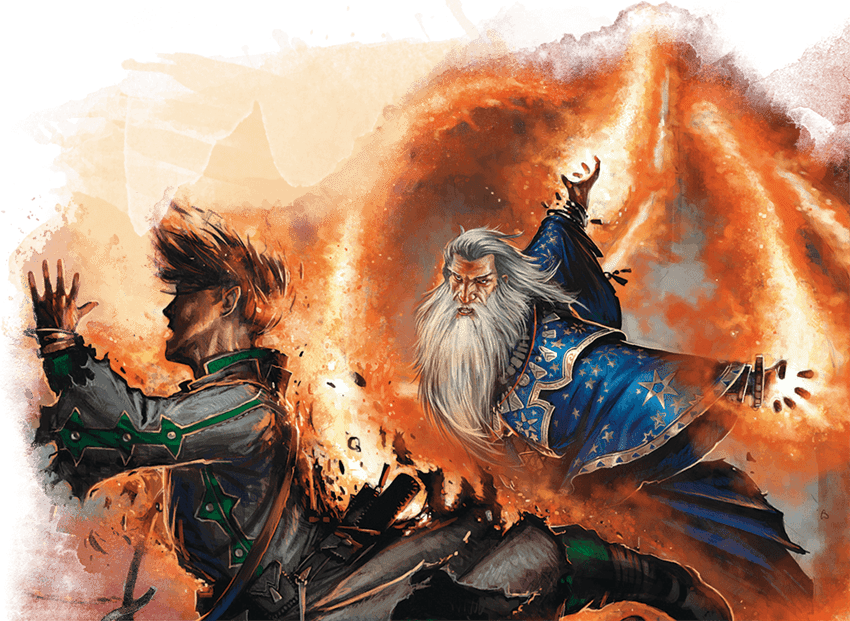
D&D 5e: School of Evocation Wizard Guide
Role in the Party
The School of Evocation Wizard is the wizard centered around dealing damage; not all evocation spells hurt enemies, but every Evocation Wizard player wants to kill, dismember, and slaughter their enemies, so they’ll be pushed towards spells that do that.
Every feature of the Evocation Wizard enhances at least some of your damage-dealing spells in some way, and some features are more underwhelming than others, but you will get some use out of all of them in any campaign. Wizards are normally okay at single target damage and good at area of effect damage, but you’re even better at these than the average wizard and can overcome some annoying obstacles other wizards face when casting their damage spells.
Epic
Good
Meh
Bad
The School of Evocation Wizard subclass is found in the Player’s Handbook. Click here to pick up your own copy of the Player’s Handbook!
School of Evocation Wizard Features
Evocation Savant
Beginning when you select this school at 2nd level, the gold and time you must spend to copy an Evocation spell into your spellbook is halved.
Standard Player’s Handbook wizard feature: you won’t get much use out of this, but it could save you some gold every now and then. Not a strong feature, but not meant to be either.
Sculpt Spells
Beginning at 2nd level, you can create pockets of relative safety within the effects of your evocation spells. When you cast an evocation spell that affects other creatures that you can see, you can choose a number of them equal to 1 + the spell’s level. The chosen creatures automatically succeed on their saving throws against the spell, and they take no damage if they would normally take half damage on a successful save.
One of the biggest problems with spells like Thunderwave and Fireball is that your allies often end up in the way, so you have to either pick fewer targets, hit your allies, or just not pick the spell at all. This completely eliminates that problem; it only works on evocation spells and only prevents allies from taking damage, so you can’t use this to avoid friendly fire on an Ice Knife (conjuration spell) or to prevent allies from being immobilized by a Rime’s Binding Ice. Still, the vast majority of damage spells are evocation, and the vast majority either just do damage or deal damage and have a minor secondary effect that your allies may or may not be able to tolerate, so this is a great feature.
Potent Cantrip
Starting at 6th level, your damaging cantrips affect even creatures that avoid the brunt of the effect. When a creature succeeds on a saving throw against your cantrip, the creature takes half the cantrip’s damage (if any) but suffers no additional effect from the cantrip.
The attack roll cantrips tend to be the damage cantrips most players pick anyway, so most players might not even get anything from this. Toll the Dead and Acid Splash are probably your best choices, and you can expect to deal… 6 average damage if the enemy succeeds against a 2d12 Toll the Dead. That’s almost nothing at 6th level. This barely squeezes into meh territory since you will get a tiny benefit in any campaign, Toll the Dead exists, and this is a way you can force an enemy wizard to make a concentration save.
Empowered Evocation
Beginning at 10th level, you can add your Intelligence modifier (minimum of +1) to one damage roll of any wizard evocation spell that you cast.
More damage. You can add 5 damage to a 28 damage Fireball or add 5 to an 11 damage Firebolt. Not too impressive, but it is an okay bonus. Remember that this only works on one damage roll; you can’t add +5 to every Scorching Ray beam or every Wall of Fire damage instance, just a single one; but it does apply to all targets of the damage roll at least.
Magic Missile is an unusually potent case; you’re only supposed to roll one 1d4+1 and apply the damage to every missile, so you can add +5 damage to every missile. This lets you do an average of 59.5 damage with a 5th level magic missile, which is pretty good damage for a 5th level slot if it’s guaranteed. The question is, is this better than a Wall of Force or Animate Objects? Maybe only in some circumstances, but it’s lovely to have in your back pocket.
Overchannel
Starting at 14th level, you can increase the power of your simpler spells. When you cast a wizard spell of 1st through 5th level that deals damage, you can deal maximum damage with that spell.
The first time you do so, you suffer no adverse effect. If you use this feature again before you finish a long rest, you take 2d12 necrotic damage for each level of the spell, immediately after you cast it. Each time you use this feature again before finishing a long rest, the necrotic damage per spell level increases by 1d12. This damage ignores resistance and immunity.
The obvious and probably best use of this is to make your Cone of Cold deal maximum damage; instead of an average of 41 damage (8d8, plus 5 from empowered evocation), you can deal an automatic 69 damage if the target fails their save.
You should be careful about using this more than once per long rest; you could unleash another Cone of Cold, but if you do, you’ll take 10d12 necrotic damage; that’s 65 damage on average, and possibly more if you have bad luck. A level 14 wizard who has a 16 constitution score only has 115 maximum hit points. You could consider using this with a Fireball if you desperately need to kill things but aren’t confident you can survive 10d12; the damage dealt to enemies is only 16 points lower than a Cone of Cold, and you take 26 less average necrotic damage. Using this three or more times in a single long rest on anything other than a crappy Thunderwave will deal an unacceptably high amount of damage and I don’t recommend it outside of desperate circumstances.

Strengths
No other wizard is a better blaster than you, and your allies will be very happy when they get Fireballed and take zero damage. You can also deal extreme Magic Missile damage and deal more damage in general to everything with your spells.
Weaknesses
You shouldn’t be blasting all the time; a well-placed Web or Hypnotic Pattern can do more than even a Fireball. Because of this, an Evocation Wizard playing optimally will get slightly less use out of its features than they might have expected.
At high levels, you get some good features, but there also aren’t many great blast spells at higher levels; half the time, an upcast Fireball outperforms them. The exception is the almighty Meteor Swarm.
Also, you’re still squishy and need to multiclass if you want a solid defense.
Best Race Options
If you deal insane burst damage, you do not want to be charmed, paralyzed, or otherwise disabled or controlled by enemy magic; all it takes is one Dominate Person to cause a TPK. The Rock Gnome has advantage on mental saves against magic, so you can more reliably succeed in these saving throws. The intelligence and constitution boosts are also the ideal ability scores if your table doesn’t let you rearrange ability scores using the Tasha’s rules; if this is the case, it’s an Epic race.
The Goblin’s Fury of the Small feature gives you a little bit of extra damage when you need it. It only applies to one target of the spell, and it almost certainly doesn’t apply to each missile of a Magic Missile, but it’s still a little more damage to add to your already big damage numbers. You can also disengage or hide as a bonus action, giving you the mobility that would ordinarily require two levels of rogue.
Hobgoblin is a strong race in general, but it’s an amazing thematic pick because of the lovely Hobgoblin Devastator monster and the lore behind how hobgoblins study magic in some settings. They’re out to win battles, not to unlock the secrets of the multiverse. This is the perfect race for a bloodthirsty monster of a wizard, and you can also use the power of friendship as a bonus action if you’re using the Monsters of the Multiverse version.
Choosing the Right Skills
You’re a bookworm, so everyone will rely on you for Arcana rolls. A religious Evocation Wizard might consider Religion (perhaps if they worship a blood god), and a tactical general sort of evoker might consider History. Nature is ideal if you’re a crazy wizard living in the woods.
Perception is the most important skill in the game; see things so you can blow them up more easily. Insight and Investigation will both tell you who deserves to be blown up.
Acrobatics is a solid pick for avoiding grapples, but you might consider Athletics if you have a military background.
Fitting Feats
Don’t take Elemental Adept, it’s a trap! You can’t overcome immunity to damage you deal, and the damage boost isn’t big enough. Also, you can always just cast a different spell if the enemy seems like they’ll be resistant to your Fireball. If you really, really want an element based feat, I would consider the more defense-focused Gift of the Chromatic Dragon instead; you have 2-6 bootleg Absorb Elements uses a day that also work on poison damage, and you can touch an ally’s weapon once per day and give it an extra 1d4 damage for a minute.
Metamagic Adept is handy not just for the hilariously fun Subtle spell metamagic, but also for Transmuted Spell; this lets you use a Fireball on fire demons by changing it to thunder damage or something that they’re unlikely to resist.
Pick your favorite between War Caster and Resilient (Constitution): you don’t want to lose concentration on a spell like Flaming Sphere, Animate Objects, or even a non-damage spell like Web or Hypnotic Pattern. Losing concentration all the time can also make you spend extra spell slots, and blasting all the time already stretches your spell slots to the limit.
Optimal Backgrounds
A military mage will want the Soldier background since it comes with a military rank and delicious clout.
Lorehold Student is the most powerful background for you because you get the almighty Spirit Guardians added to your spell list and the Strixhaven Initiate feat for free. Spirit Guardians does great damage over time, so pair it with a high armor class and concentration save boost to shred enemies. Prismari Student may seem like more of a blasting-focused school at first, but it’s more of an art school anyway.
The Sage background is a generally applicable wizard background if nothing else particularly appeals to your character concept.
Multiclassing Options
One level of Hexblade Warlock provides excellent medium armor and shield proficiency as well as some other benefits, but once you hit level 10 in wizard (level 11 minimum character level), you can add both your proficiency bonus *and* intelligence modifier to each magic missile. That 5th level magic missile now deals 87.5 average damage instead of 59.5 on a straight classed wizard, and before that, you can still add your proficiency bonus to any Magic Missile, letting you specialize in that spell sooner.
Order Cleric is unusually appealing as a one level dip; it provides proficiency in all armor and some cleric spells, but Voice of Authority also works on any ally you target with a spell, even if they succeed on their save and/or take no damage; this means you can fireball your rogue, they automatically take zero damage, and then they get a reaction attack. Amazing. You could also shoot one missile of an upcast Magic Missile at your rogue if they’re willing to take damage to deal even more to the target of your other missiles.
If you don’t have the ability scores for Hexblade or don’t want to give up spell slot progression, one level in Artificer gives you the same armor proficiencies, acts like multiclassing into another full caster as far as spell slots go, gives extra spell versatility, but won’t boost your Magic Missile.
Would I recommend playing a School of Evocation Wizard?
This is not the most powerful wizard in the game, but anyone who wants to deal damage with spells should strongly consider the Evocation Wizard since you can blast more effectively and without hurting your teammates. There are also lots of strong optimization decisions you can make to become as powerful as you want.


